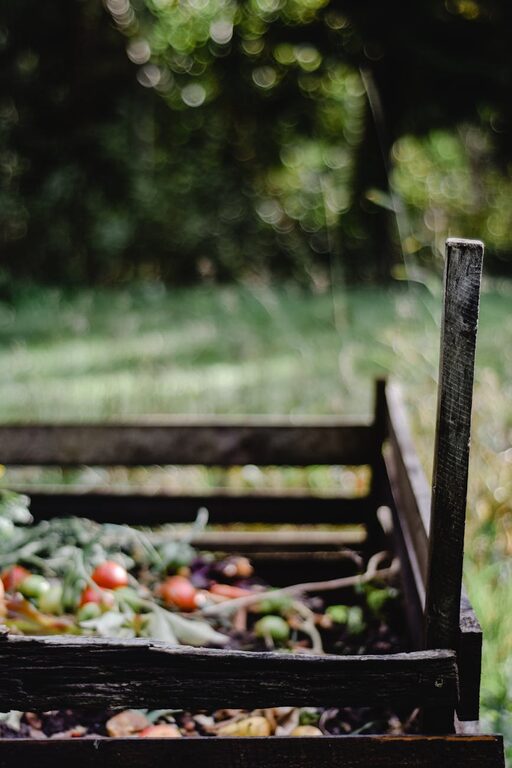
Beginner Tips for Composting at Home: Easy Steps to Get Started
Composting at home is a rewarding way to reduce waste and create rich soil for your garden. If you’re new to composting, the process might seem complex, but it’s actually quite simple with the right guidance. This guide will walk you through beginner-friendly tips to help you get started on turning your kitchen and yard scraps into nutrient-packed compost.
What is Composting?
Composting is the natural process of breaking down organic materials like food scraps, leaves, and grass clippings into a dark, crumbly substance called humus. This substance is packed with nutrients and can improve soil health, helping plants grow stronger.
Why Compost at Home?
– Reduces Waste: Composting keeps organic waste out of landfills, reducing methane emissions.
– Enriches Soil: Adds valuable nutrients and improves soil structure.
– Saves Money: You can reduce the need for chemical fertilizers.
– Supports Plants: Healthier soil means healthier plants and flowers.
Choosing the Right Compost Bin
To start composting at home, you’ll need a container or designated area:
– Types: There are many options—plastic bins, wooden composters, tumble bins, or even a simple pile in your backyard.
– Size: Choose a size that fits your available space and how much waste you generate. A 3×3-foot bin is a good starting point.
– Location: Place your bin in a dry, shady spot with good air circulation.
What Can You Compost?
Understanding what goes into your compost is crucial.
Greens (Nitrogen-rich materials)
– Fruit and vegetable scraps
– Coffee grounds and tea bags
– Fresh grass clippings
– Eggshells (crushed)
Browns (Carbon-rich materials)
– Dry leaves
– Straw or hay
– Shredded newspaper or cardboard
– Sawdust (untreated wood)
What to Avoid
– Meat, dairy, or oily foods (can attract pests)
– Diseased plants
– Pet waste
– Inorganic materials like plastic or metal
How to Build Your Compost Pile
- **Start with a Brown Layer:** Lay down about 4–6 inches of browns like leaves or shredded paper.
- **Add a Green Layer:** Add a 3–4 inch layer of greens like food scraps or fresh grass clippings.
- **Alternate Layers:** Continue alternating brown and green layers.
- **Maintain Moisture:** Compost should be as moist as a wrung-out sponge.
- **Aerate Regularly:** Turn or mix the pile every 1-2 weeks to add oxygen and speed up decomposition.
Tips for Successful Composting
– Chop or Shred Materials: Smaller pieces compost faster.
– Avoid Overwatering: Too much water creates smell and slows the process.
– Balance Greens and Browns: Aim for a rough ratio of 2-3 parts brown to 1 part green.
– Be Patient: Compost can take from a few weeks to several months depending on conditions.
Troubleshooting Common Problems
– Bad Odor: Usually due to too much moisture or greens. Add more browns and turn the pile.
– Pile Not Heating Up: Could be too small or lacking green materials. Add food scraps and turn it.
– Pests: Avoid meat and pet waste, and keep the pile covered if needed.
Using Your Finished Compost
When your compost looks dark, crumbly, and earthy-smelling, it’s ready:
– Garden Soil: Mix compost into garden beds to improve soil.
– Potting Mix: Blend with potting soil for houseplants.
– Mulch: Use as a protective layer around plants to retain moisture.
Final Thoughts
Composting at home is an easy step toward a more sustainable lifestyle. By following these beginner tips, you’ll contribute to reducing waste and nurturing your garden naturally. Start small, stay consistent, and enjoy watching your compost transform into garden gold!
Happy composting!
